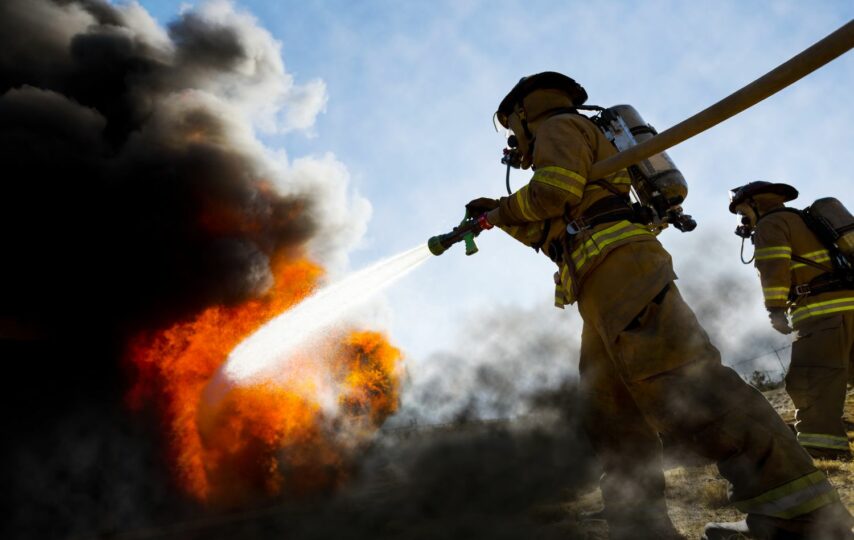In today’s fast-paced world, technology plays a vital role in many professions, including firefighting. With advancements in software solutions, firefighters can better manage emergencies, improve their response times, and ultimately save more lives. In this article, we’ll explore the various types of software available to firefighters and discuss how to choose the right one for their needs.
The Importance of Technology for Firefighters
Firefighting is an inherently dangerous and complex job. Firefighters must navigate hazardous environments, make quick decisions, and work as a team to protect lives and property. As technology evolves, firefighters can leverage software tools to enhance their capabilities, streamline processes, and improve overall safety. These tools can help minimize the risks faced by firefighters while maximizing the efficiency and effectiveness of their response.
Incident Command Software
Incident command software provides an integrated solution for managing emergencies, coordinating resources, and facilitating communication among responders. This type of software can help incident commanders visualize the incident scene, track personnel and resources, and monitor progress in real-time. Examples of incident command software include Rhodium Incident Management, Incident Response Technologies, and D4H Incident Management.
Fire Station Management Software
Fire station management software helps fire departments streamline their administrative tasks, such as scheduling, inventory management, and equipment maintenance. These tools can also generate reports, facilitate communication between team members, and manage employee records. Some popular fire station management software solutions include Aladtec, Firehouse Software, and TargetSolutions.
Firefighter Training and Simulation Software
Training and simulation software allows firefighters to hone their skills and practice emergency scenarios in a safe, controlled environment. These programs use advanced graphics and realistic simulations to recreate various types of emergencies, enabling firefighters to develop effective response strategies and improve their decision-making skills. Examples of firefighter training and simulation software include XVR Simulation, RescueSim, and FLAME-SIM.
Wildfire Mapping and Monitoring Software
Wildfire mapping and monitoring software enables firefighters to track the progression of wildfires and predict their movement, allowing for better resource allocation and strategic planning. These tools use satellite imagery, weather data, and geographic information systems (GIS) to provide real-time information on wildfire activity. Some popular wildfire mapping and monitoring software options include WIFIRE, Wildfire Analyst, and FireMapper.
Mobile Apps for Firefighters
Mobile apps for firefighters offer on-the-go access to critical information and resources, such as pre-incident plans, hydrant locations, and hazardous material databases. These apps also facilitate communication and collaboration among team members, enabling them to stay connected and informed during emergencies. Examples of mobile apps for firefighters include APX fire RMS, Rover, and IamResponding.
How to Choose the Right Firefighting Software
Selecting the appropriate software for your fire department is crucial to ensure that it meets the specific needs of your team. Here are some factors to consider when choosing firefighting software:
Compatibility with Existing Systems
It’s essential to select software that can seamlessly integrate with your department’s current technology infrastructure. Check for compatibility with existing hardware, software, and communication systems to ensure smooth implementation and avoid disruptions to your operations.
Budget and Pricing
Firefighting software solutions come with varying price points and payment structures. Determine your department’s budget and evaluate software options based on their features, pricing, and potential return on investment (ROI). Keep in mind that some vendors may offer discounts or flexible payment plans for public safety organizations.
User-Friendliness and Training
Software should be easy to use and require minimal training for firefighters to adopt quickly. Look for solutions with intuitive interfaces and straightforward navigation. Additionally, consider the training and support resources offered by the software vendor, such as video tutorials, webinars, and live support.
Scalability and Flexibility
As your department grows and evolves, your software needs may change. Choose a solution that can adapt to your department’s changing requirements and scale with your organization. This may include the ability to add new features, modules, or user licenses as needed.
Technology plays a significant role in modern firefighting, and the right software can greatly enhance a department’s capabilities, safety, and efficiency. By considering the various software solutions available, such as incident command, fire station management, training and simulation, wildfire mapping and monitoring, and mobile apps, fire departments can make informed decisions that best suit their needs and budget.








